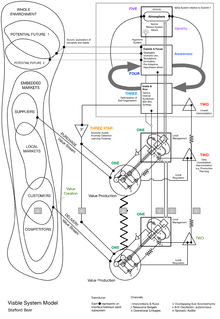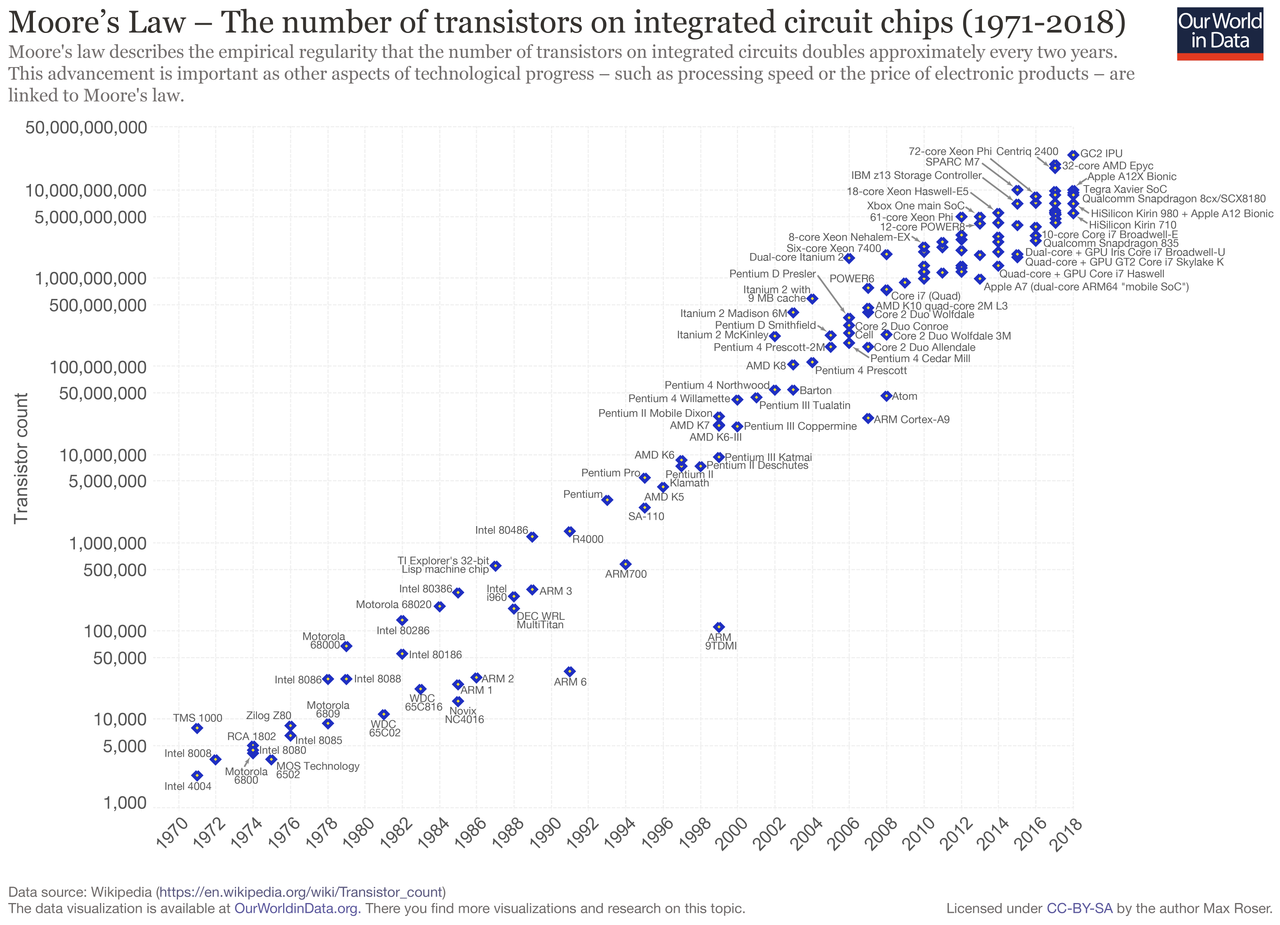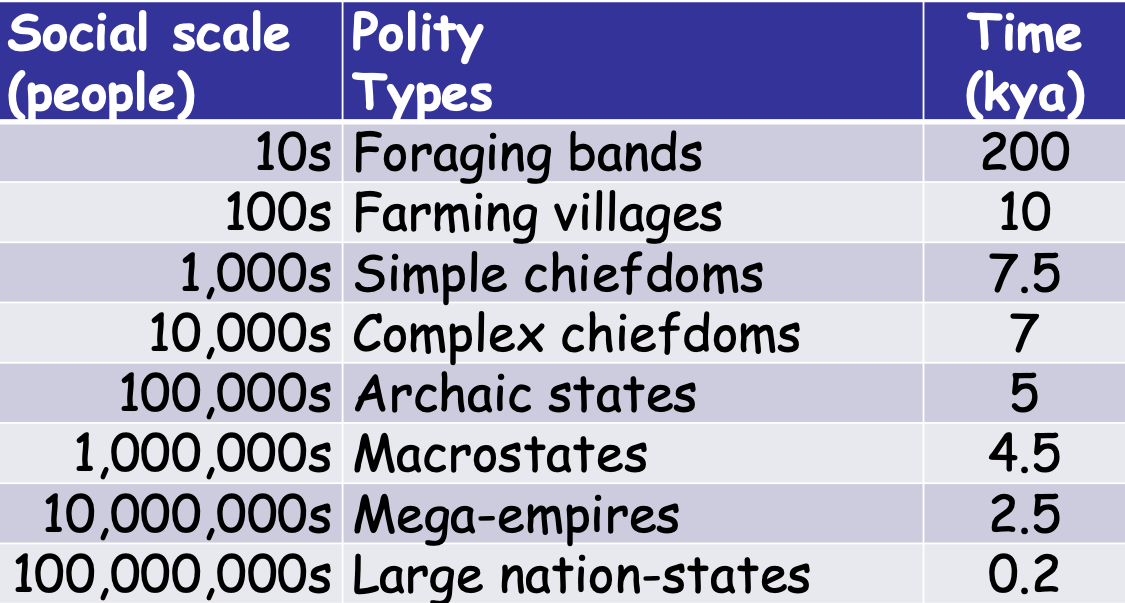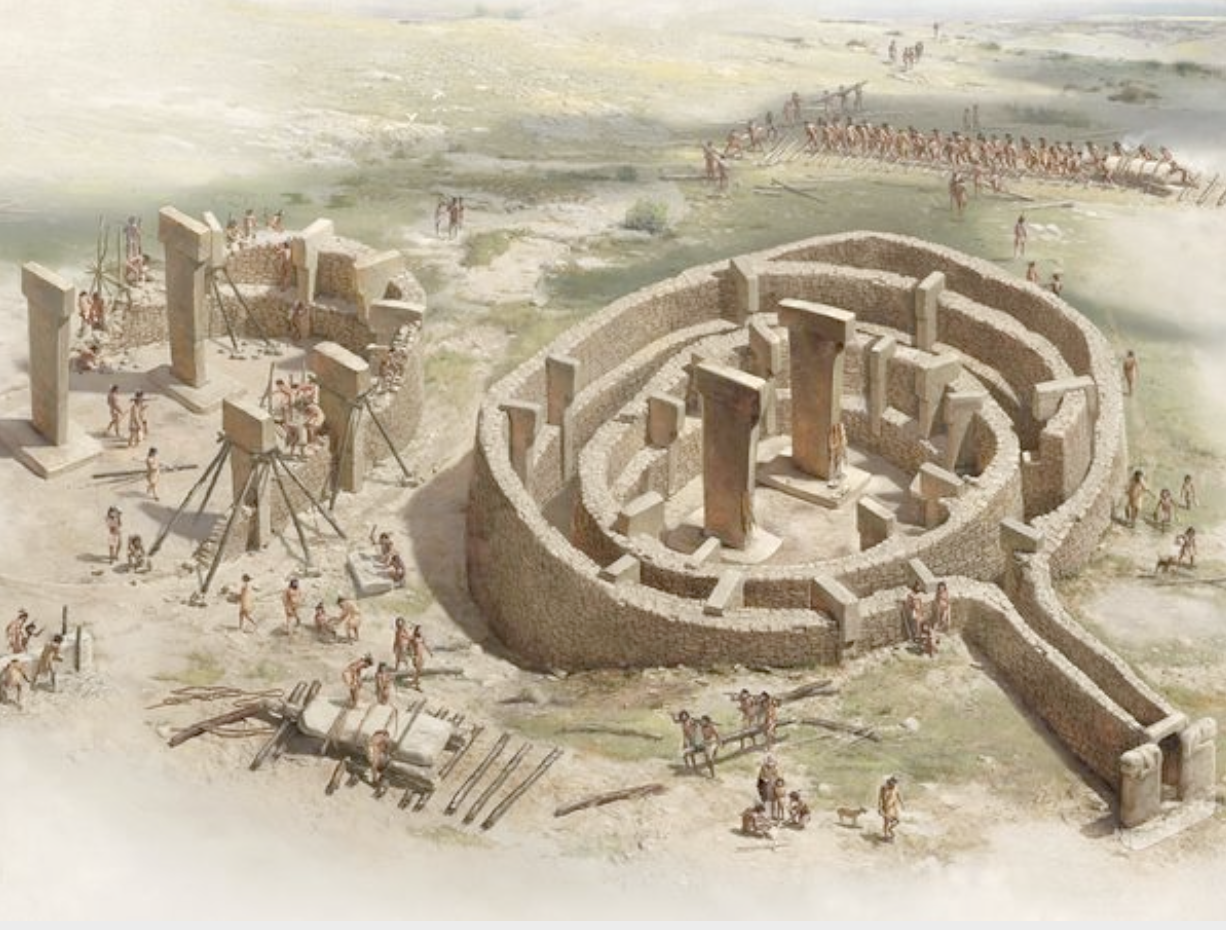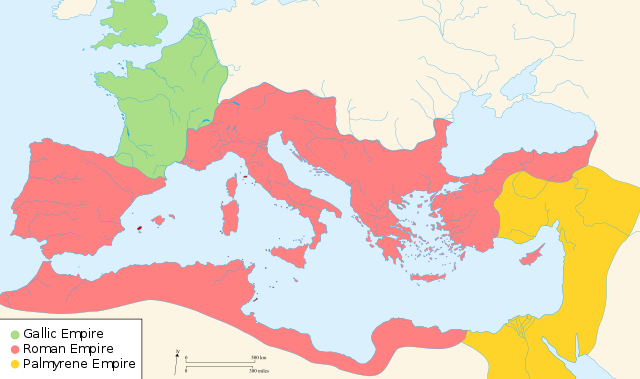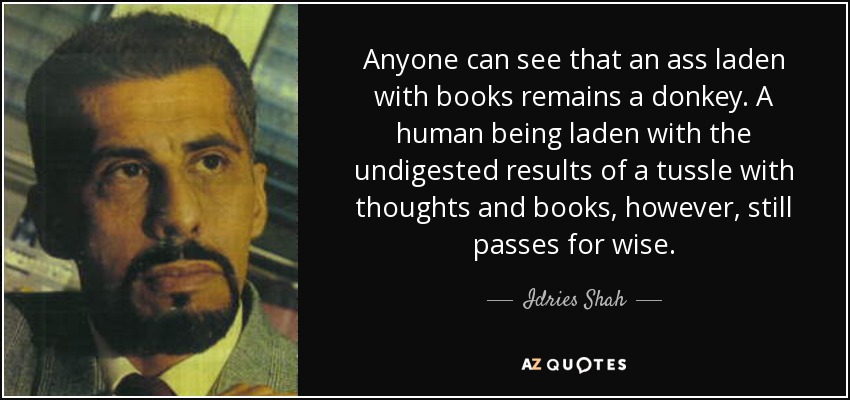The Third System Research Project is very ambitious. If we are to make progress, we have to use the best thinking tools for the job.
This post lists important concepts which we are going to apply:
Table of Contents
Cybernetics
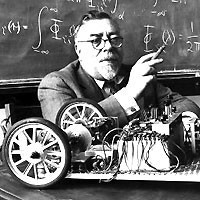 The term cybernetics was coined by Norbert Wiener in 1948 to describe “the scientific study of control and communication in the animal and the machine.” Cybernetics brought together thinkers in fields including anthropology, psychiatry, evolutionary biology, mechanical and electrical engineering and electronics. They met, and often argued violently with each other, at the Macy conferences in New York, which ran from 1941 until 1960.
The term cybernetics was coined by Norbert Wiener in 1948 to describe “the scientific study of control and communication in the animal and the machine.” Cybernetics brought together thinkers in fields including anthropology, psychiatry, evolutionary biology, mechanical and electrical engineering and electronics. They met, and often argued violently with each other, at the Macy conferences in New York, which ran from 1941 until 1960.
Cybernetics laid the foundations for new fields such as computer science and ecology, but, since it did not fit within the boundaries of academic disciplines, it was mostly forgotten about. In the 1980s, the Santa Fe Institute was founded to study the fundamental principles of complex adaptive systems, a field now known popularly as complexity science. The workers in this field have re-invented many of the insights of cybernetics, often without realising or acknowledging this.
 Professor Stafford Beer was the first person to apply cybernetics to improving human organisations, pioneering the field which became known as management cybernetics. He started out applying this to the steel industry in the UK in the 1950s, became world famous, then fell foul of the Cold War between the USA and USSR when he worked with President Allende of Chile in the early 1970s. He continued to work & teach quietly until his death in 2002. I tracked him down in the 1990s and learned a great deal from him, applying his insights successfully to all the work I have done since.
Professor Stafford Beer was the first person to apply cybernetics to improving human organisations, pioneering the field which became known as management cybernetics. He started out applying this to the steel industry in the UK in the 1950s, became world famous, then fell foul of the Cold War between the USA and USSR when he worked with President Allende of Chile in the early 1970s. He continued to work & teach quietly until his death in 2002. I tracked him down in the 1990s and learned a great deal from him, applying his insights successfully to all the work I have done since.
The key concepts of cybernetics are remarkably simple and powerful.
The most important are:
Stafford Beer’s wide-ranging work led him to formulate the Viable System Model (VSM), which works out the implications of Ashby’s Law to uncover the functions necessary to enable any system to be viable within its environment:
I have found that, once the VSM has been understood in depth, it becomes possible to “see” how our organisations really work, which empowers us to make them much more effective. This is as big an advance in our understanding as we made when Isaac Newton used a few simple laws to revolutionise our understanding of the physical world in the seventeenth century, leading to our ability to land men on the moon and send space probes beyond the Solar System.
The fact that most people have never heard of any of this, and few people apply it to real-world issues, tells us more about us than it does about the effectiveness of this field of knowledge.
Most of the key concepts below follow from understanding the VSM.
How everything in the world operates on many levels of recursion
 Recursion occurs when a thing is defined in terms of itself or of its type. The term originates with mathematics and computer science, where a function is defined in terms of itself, but is used less formally to refer to the way that any type of system is made up of smaller systems, which are themselves made up of smaller ones.
Recursion occurs when a thing is defined in terms of itself or of its type. The term originates with mathematics and computer science, where a function is defined in terms of itself, but is used less formally to refer to the way that any type of system is made up of smaller systems, which are themselves made up of smaller ones.
According to cybernetic theory, all these systems, nested within each other, share certain features, such as having to follow the principles of viability within their environments, even though they differ in other ways.
For example, motor companies such as Ford & General Motors compete against each other, at the level of recursion of manufacturing and selling vehicles, but belong to the automotive industry at the next level of recursion up, where they are members of bodies which support the definition of standards and lobby on behalf of the industry, in competition against other industries.
We see the same phenomenon in living organisms, where they live together in social groups, but can only live because they have functioning organs such as the heart, brain and liver at the next level of recursion down. Further down, these are composed of cells, which are made up of molecules, which are made up of atoms.
Emergence of increasingly complex systems through time
If we look back over the currently known fourteen billion years of history, we see new levels of organisation of increasing complexity emerging. Physical systems emerge at the level of energy and sub-atomic particles, then at the atomic level, then the molecular level, and so on, until we reach the first life on earth shortly after the formation of the oceans, as long ago as about four billion years.
Our ancestors appear to have been making stone tools about two and a half million years ago, and the whole of the history of civilisation has been crammed into only about five thousand years. The history of civilisation, from one perspective, is mostly just a record of aristocrats fighting each other for territory. This would appear to be a zero-sum game, but despite this, the scale of organisation has increased over time, with occasional collapses in complexity followed by new blossomings of higher levels of knowledge and organisation.
Before the seventeenth century, almost nobody believed in progress. The general view of thinkers was that the world and humans had once been perfectly in harmony, but something went wrong and the world had been getting worse ever since, and was doomed to some kind of ultimate collapse, followed perhaps by a miraculous renewal, the nature of which was disputed.
During the seventeenth century, in England, the methodology we now call science & technology was consciously kick-started, accompanied by a belief in progress, which has now become the norm throughout the world. In certain respects, change since then has taken place at an exponential rate, famously exemplified by Moore’s Law and the rise of human population since the Second World War.
We continue to evolve systems of increasing complexity and scale, to the extent that these appear to threaten the natural systems that keep us alive. This is an unprecedented challenge to the human species.
The purpose of the Third System Research Programme is to support the emergence of a new level of civilisation that can meet these challenges.
How levels of recursion change in importance through time
Up until about 10,000 years ago, all humans lived in small bands of hunter-gatherers. After that date, a few settled down in favoured locations to form villages, then began to systematically grow crops and use domesticated animals for food and transportation. Since then, the scale of self-governing human groups (known as polities), has grown, as shown in this table (“kya” means “thousands of years ago”):
Given that human physical and mental endowments appear to have stayed pretty much the same over the last 200,000 years, it is not surprising that we have preserved features of the old scales of social group within the much vaster polities that have evolved so recently. We still live in families, within social groups of up to 150 people, and organise these vast polities with smaller levels of recursion within them.
But, when we look back in history, we can see that “where the action is” shifts between these levels. Up until two hundred years ago, the leading edge of civilisation had been embodied in multi-cultural mega-empires, starting with the foundation of the Persian Empire about 2,500 years ago. There were a few nation-states in Western Europe, but they were unimportant. So why is it that nation-states and their governance structures have become so important in just two centuries?
The answer appears to be related to the development of technical infrastructure since the Industrial Revolution which started in the last quarter of the eighteenth century - particularly rail and sea transport powered by steam. This trend accelerated with the advent of oil-powered transportation and electric power from the late nineteenth century up until the dismantling of colonial empires in the 1960s.
With the advent of the internet and the World Wide Web, it is possible that the nation-state is no longer “where the action is”, but it is not clear what will happen next. Maybe cities and their hinterlands might become the most important level of recursion to consider? Maybe there will be several energetic levels of recursion at once, without one predominant over the others?
What we know about the nature of human social groups
Since the 1950s, we have learned a huge amount about this matter. But the insights gained are scattered amongst different subject domains and not easy to apply to improving how our social groups work.
We will be using the Moral Modalities Framework (MMF) as a guide to help us.
How membership of different social groups affects our capacity to understand
The social groups we belong to mean a great deal to us and they shape us in important ways. In fact, they define our understanding of what it means to be human, what we aspire to and what we believe we can achieve.
They make us specialise in certain domains, while neglecting other possibilities.
We will be exploring both the positive and the negative aspects of this and how we can get the best out of our social groups, without our vision becoming narrowed by them.
Our main conceptual tool for this will be the Moral Modalities Framework (MMF).
Why studying history is important
We have at least 200,000 years of collective experience of living on planet Earth, in an astonishing range of environments. it would be foolish to ignore this and to denigrate the achievements of the human race before the modern period.
But modernity has created so much change in such a short space of time that it is an effort to break through the lazy assumption that there is nothing to learn from people who lived in the past and in ‘uncivilised” conditions. Some public intellectuals like to imagine that everyone before the seventeenth century was ignorant and steeped in superstition, so it is a waste of time paying any attention to what they did.
The danger is that we will waste an enormous amount of energy reinventing wheels, because we have not noticed that they already exist and are being offered to us by their inventors.
We therefore think a proper study of history is very important. The most promising approach we have found so far is known as cliodynamics.
We are also happy to listen respectfully to the present representatives of the spiritual traditions which have been at the heart of every civilisation on Earth.
How modernity was invented in seventeenth century England and its American colonies
Many people believe that modernity is a product of the Enlightenment which began in the last quarter of the eighteenth century and is associated with the American War of Independence and the French Revolution. But this is only the period during which ideas about modernity, such as Rationality, Bills of Rights and Democratic Written Constitutions were first codified and disseminated to a large-scale audience.
In fact, most of the foundations of modernity were really laid in seventeenth century England and its American colonies. This is not as well known as it should be because, in this the period, the scientific method, the development of technology and the modern way to run a state were put into operation by the British without much explanation of what they were doing. This gave them a big advantage, which they were happy to exploit before competitors caught on to what was happening.
How different cultures have responded to modernity
Modernity started quietly in the seventeenth century, but triggered an exponential cycle of scientific discovery, technological development and state governance which exploded into prominence with the industrial revolution of the late eighteenth century.
European powers were already competing against each other to spread across the globe, build empires and dominate other cultures. In the first phase, which began with the discovery of the Americas and global sailing routes, their actions were justified by the urge to conquer the world for Christ, then, in the second half of the nineteenth by the pseudo-science of Social Darwinism, which said that Western European white men were the pinnacle of civilisation and morally obliged to spread their superior culture to less enlightened peoples.
Some cultures, such as the Japanese, were able to rise to the challenge of modernity very rapidly, whereas others struggled and went through dreadful crises before stabilising.
We will be exploring why this is the case and what it tells us about our collective future.
How and why past civilisations have gone through cycles of rise and fall
This is a favourite subject amongst historians, but most of their work is moralistic storytelling, without much evidence to back it up.
The Chinese have continuous written records going back to the third century BCE, and these do seem to indicate that China has gone through several cycles of centralised imperial control, followed by disintegration, warfare, disease and famine, then the reassertion of central control under a new dynasty. The preoccupation of the scholarly elite was to control these cycles, based on the idea that the Emperor, in good times, had the Mandate of Heaven, enabling him to bring the harmony of the heavens down to earth. The pattern looks something like this:
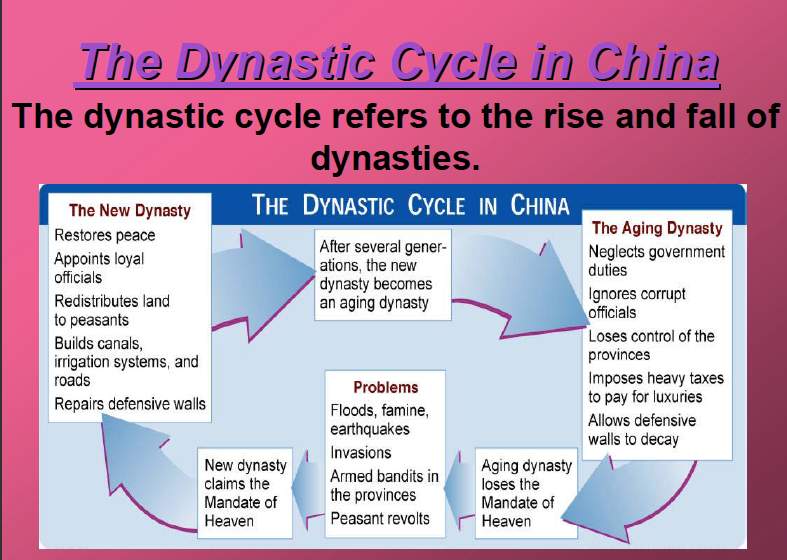
This view of Chinese history is not without merit, but. like most theoretical frameworks, it obscures as much as it illuminates. China is geographically almost a world of its own, cut off from easy communication with the rest of the planet. This model of its history reflects this, as it makes no mention of influences from outside China, nor does it mention development of new knowledge or technology. This is the worldview of the Chinese imperial bureaucracy, who believed that they could influence whether the Emperor had the Mandate of Heaven by ritualistic means, which were under their control.
 At the western end of Eurasia, eighteenth century historians such as Edward Gibbon struggled to understand why the Western Roman Empire had collapsed in the fifth century CE, leading to what they referred to as the “Dark Ages”, from which they claimed civilisation only began to re-emerge in the Italian Renaissance of the fourteenth and fifteenth centuries.
At the western end of Eurasia, eighteenth century historians such as Edward Gibbon struggled to understand why the Western Roman Empire had collapsed in the fifth century CE, leading to what they referred to as the “Dark Ages”, from which they claimed civilisation only began to re-emerge in the Italian Renaissance of the fourteenth and fifteenth centuries.
It has been estimated that there are now over two hundred different explanations for the fall of the Western Roman Empire, but modern research, which has the benefit of data from a wide range of sources, suggests the following were important factors:
- Climate change and environmental degradation, leading to a collapse in agricultural production, which was the major source of wealth to sustain the Empire.
- Migration of people displaced by the above factors, putting pressure on the borders of the Empire, and increasing social disorder as ”barbarians” invaded.
- The spread of epidemic diseases, which killed a very high proportion of the population, and led to the abandonment of previously cultivated land, and further collapse of agricultural production.
- Decreasing returns on increasing complexity, brought about by ill-informed attempts to solve the problems caused by the above factors, which were not diagnosed properly.
We know that our present civilisation is threatened by the same factors, so it is worth studying previous civilisations to see what we can learn from their successes and failures in dealing with them.
We have a great advantage over previous civilisations, because we understand the above factors much better than they did. For example, despite their best efforts to understand the causes of disease, they had no idea of the existence of micro-organisms, or their life-cycles. It is humbling to realise that the germ theory of disease did not become properly embedded in public health systems anywhere until the twentieth century.
Sociotechnical systems
Technology is useless unless it is embedded in an appropriate social system. The combination of technology with the social system that uses it is known as a Sociotechnical System. When a complex problem arises, our modern society tends to reach for a “technical fix”, while disregarding the social system that is needed to make the technology work.
We developed the Moral Modalities Framework (MMF) to counteract this tendency, by offering conceptual tools to simplify the understanding of the social aspect of sociotechnical systems.
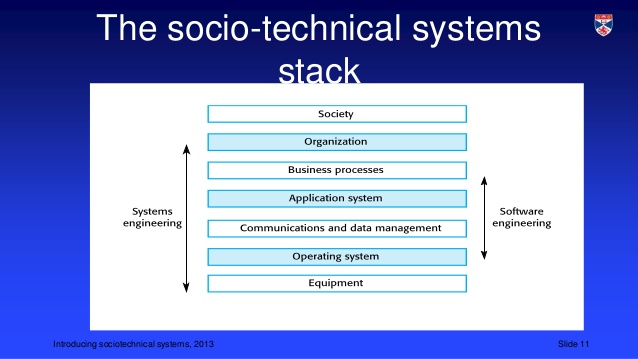
The nature of financial systems and causes of financial booms & busts
A properly functioning financial system is a Conant-Ashby Model for regulating wealth-creating activities. But, in order for it to work well, it needs to have requisite variety to cope with the diversity of activities that create wealth. This is a tall order in a world where there is no clarity about the distinction between activities that create wealth and activities that concentrate the symbols which represent it in certain hands.
We contend that the reason for instability in the financial system is that it does not accurately reflect the underlying reality of the processes that create value. The discipline of classical economics emerged in the eighteenth century from the work of moral philosophers, such as Adam Smith, but modern economists claims to be “objective” and “scientific” and therefore tries to avoid making value judgements about the value of economic activity.
But, if we are to really understand wealth creation, the subject of human values cannot really be avoided. The attempt to evade this merely allows certain people with social power to define what is of “objective” value for their own convenience, in order to manipulate the financial system to their own advantage. whether they do so deliberately, or unconsciously, really makes very little difference.
 As society and technology evolves, wealth creation changes. But the financial system that is supposed to model these changes gets “stuck” and fails to identify accurately where the value lies. This causes cycles of overvaluation and undervaluation, colloquially known as “booms” and “busts”. The cause of this is the tendency to “confuse the container with the content”, where the symbols of wealth, such as money, become detached from the underlying reality of wealth creation. The assumption that this is inevitable and nothing can be done about it is based on nothing but ignorance.
As society and technology evolves, wealth creation changes. But the financial system that is supposed to model these changes gets “stuck” and fails to identify accurately where the value lies. This causes cycles of overvaluation and undervaluation, colloquially known as “booms” and “busts”. The cause of this is the tendency to “confuse the container with the content”, where the symbols of wealth, such as money, become detached from the underlying reality of wealth creation. The assumption that this is inevitable and nothing can be done about it is based on nothing but ignorance.
 We will use the Moral Modalities Framework (MMF) to obtain a deeper understanding of the issues. This will lead us to consider the history and nature of money and how it might be re-designed to better reflect what we really value.
We will use the Moral Modalities Framework (MMF) to obtain a deeper understanding of the issues. This will lead us to consider the history and nature of money and how it might be re-designed to better reflect what we really value.
Why we don’t use the knowledge we already have, but we constantly demand to know more
Real knowledge is embedded in action. But most of us prefer intellectual and emotional stimulus to the hard work of applying knowledge to the way we live.
The Third System Research Programme aims to help us to get beyond that.

